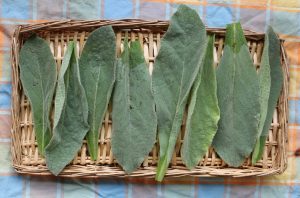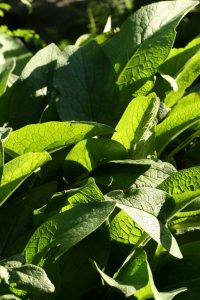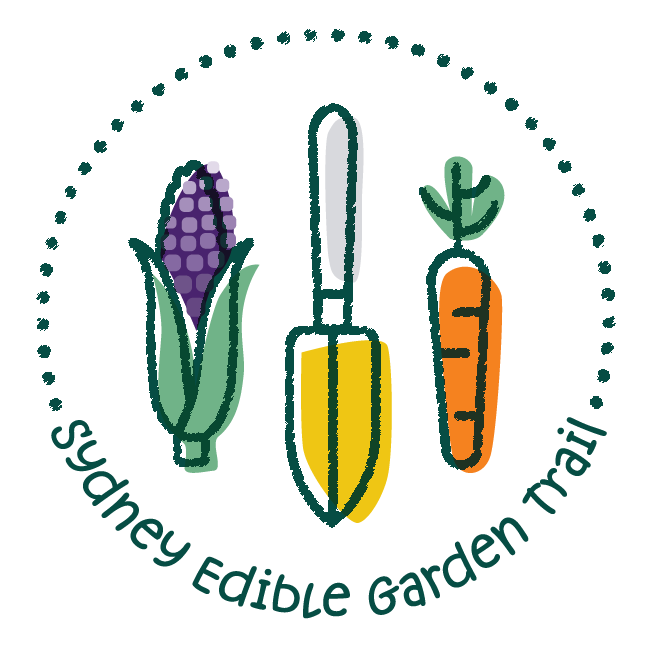It’s hard to imagine the world as we know it without rolls of soft toilet paper, but in Western culture it’s a relatively new invention, having been first commercially available in the US in the mid-19th century.
Before that, the elite used sheets of paper produced especially for this purpose as early as the 4th century, and over the ages, using various documents to wipe one’s backside has often been a political statement across the European continent. The rest of population used anything soft they could find: wool, rags, hay and leaves being most common.
History aside, if you’re about to run out of dunny rolls, what are you going to do?
Obviously, any soft(ish) paper would work. Our grandparents would hang newspaper pages cut into smaller sheets in their outhouses. Yellow Pages and other publications printed on a tissue paper would also suffice. However, this type of paper can’t be flushed down modern toilets.
Truly, it cannot, PLEASE DON’T DO THAT, plumbing jobs are so expensive! You need to compost these paper scraps in a dedicated area (not in the compost heap to be used in the garden), a septic tank or a biological sewage treatment unit, commonly used with sustainable houses.

The good news is if, like me, you’re a gardener, then you probably already grow some of the toilet paper replacements yourself. Let’s review the best products in this category as grown in a warm temperate climate:
· Smooth, large and thick (don’t fall apart easily): large leaves such as banana, turmeric, ginger, canna lily, arrowroot. Being glossy they don’t absorb well, but are pleasant to the touch

· Smooth, thin, about hand size or bigger, thin (use several layers): any broadleaf deciduous tree, including maples, liquid amber, tulip tree, fig tree (not the native sandpaper fig, though). Other plants in this category are broadleaf plantain (Plantago major), rhubarb, burdock, horseradish, pumpkin (with the latter do a test drive, some varieties are quite scratchy). You decide what’s your thing: 2-ply or more, because a single leaf could be torn during use. BTW, horseradish has an added benefit of being antibacterial

· Hairy, soft, don’t tear, various sizes: greater mullein (Verbascum thapsus), lamb’s ears (Stachys byzantine), yacon (Smallanthus sonchifolius), comfrey, borage, sunflower. My absolute favourites, the tactile experience is to die for…
· Scraping pads: made by twisting or plaiting (if you’re not in a hurry) a good handful of grass, hay or other long, thin leaves and folding the plait in half. You hold the ends of the plait in one hand and use the folded part to wipe. Be gentle!
· Similar pads can be also made from fibrous plants such as stinging nettle (boil them first to take the sting out then dry and make a pad), dried fibrous loofah fruit and lomandra leaves split lengthways. Heck, you can even crochet plant fibres into nice pads.
· Cotton wool: good forward planning means that if you plant them now, cotton bushes would supply you with the softest bum treatment possible: white, soft, absorbent cotton wool! Cotton (Gossypium spp) is related to hibiscus and a nice ornamental perennial which can be made into a hedge. Preferably around the dunny.
Then of course many cultures don’t use any plant-based materials to clean themselves and leave no waste (pardon the pun) other than what their bodies produce. Where there’s enough water available, a small kettle-shaped vessel is used to run water while washing the impurities with the left hand. For people living in arid areas smooth pebbles are employed.
As you can see, where there’s a will, there is a way. Humans are adaptable and not using toilet paper saves thousands of hectares of forests. So before the toilet paper supply is back to normal, think about the ecological footprint of what you use in the bathroom. Or is it a bumprint?
– Margaret Mossakowska

